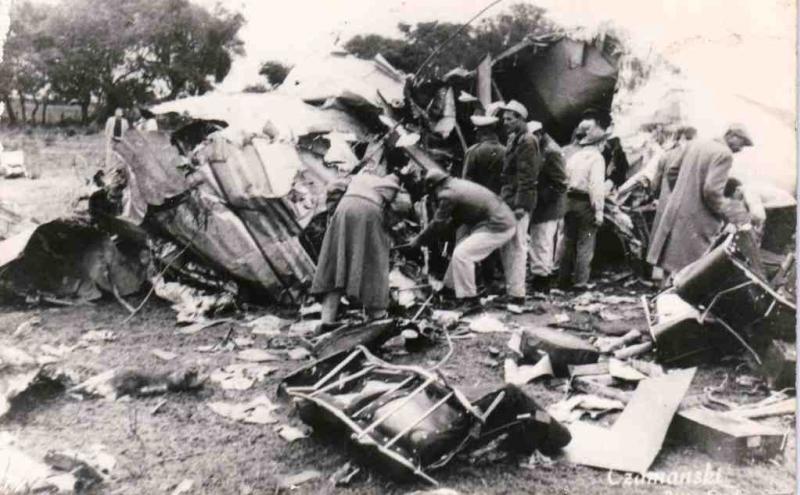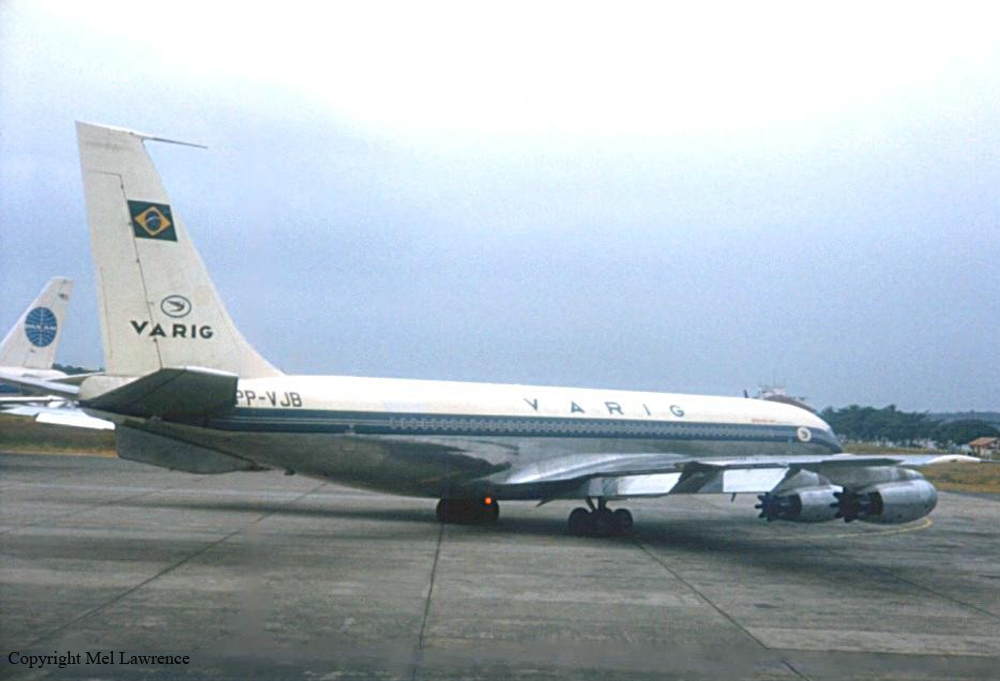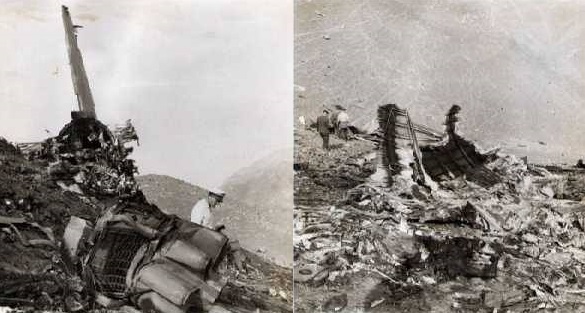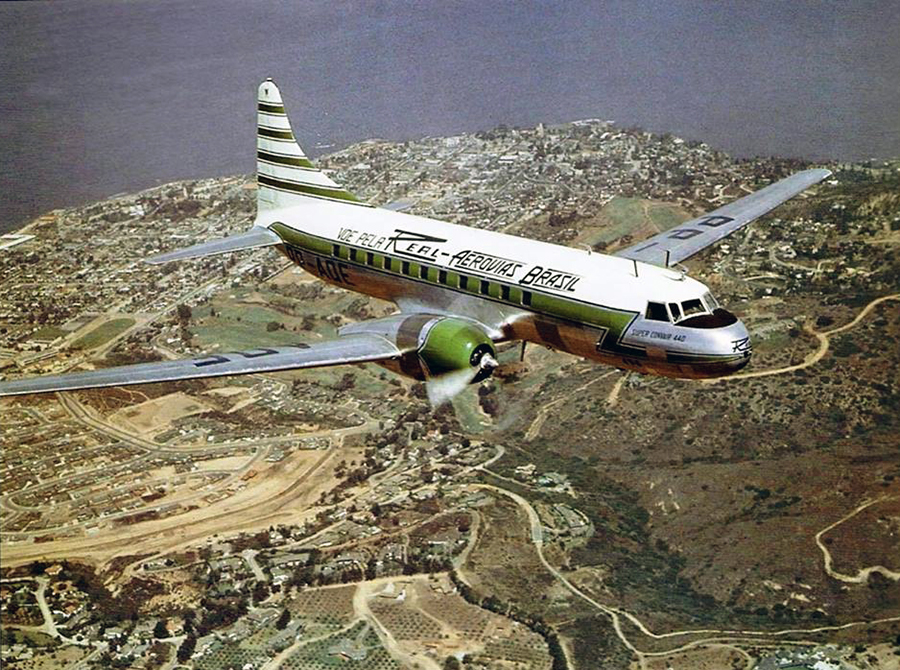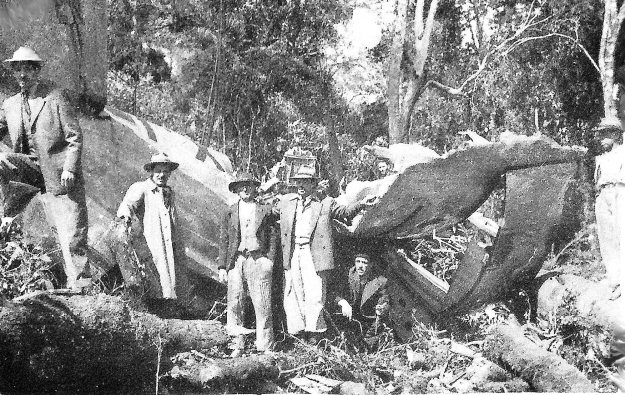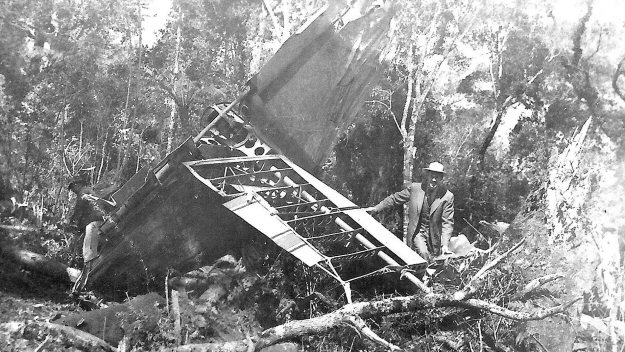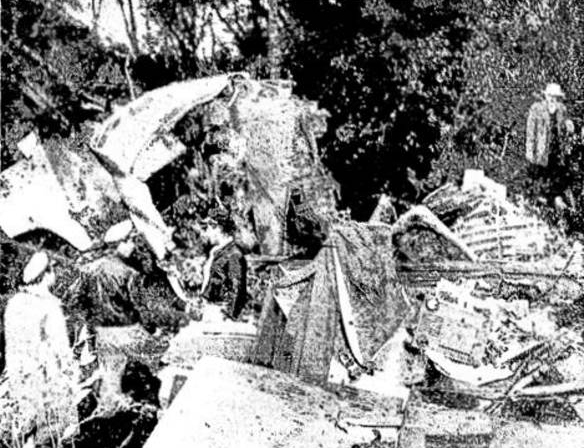Crash of an Embraer C-95A Bandeirante off Angra dos Reis: 3 killed
Date & Time:
Oct 26, 1993
Registration:
2290
Survivors:
No
Schedule:
Porto Alegre - Rio de Janeiro
MSN:
110-172
YOM:
1978
Crew on board:
3
Crew fatalities:
Pax on board:
0
Pax fatalities:
Other fatalities:
Total fatalities:
3
Circumstances:
While cruising along the coast, the twin engine airplane went out of control and crashed in the sea off Angra dos Reis. All three crew members were killed.



